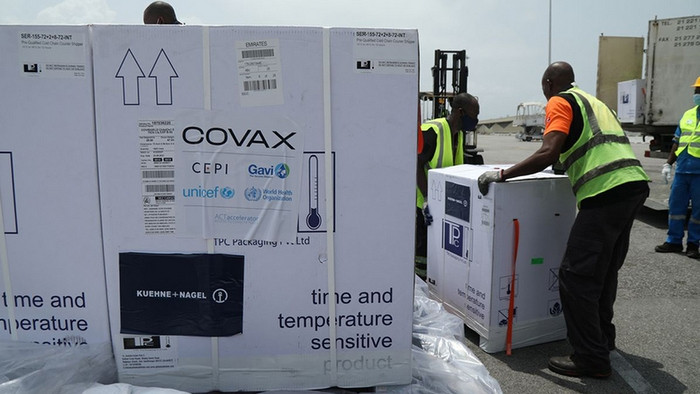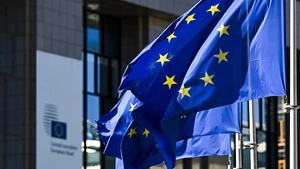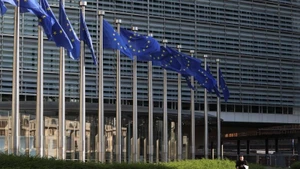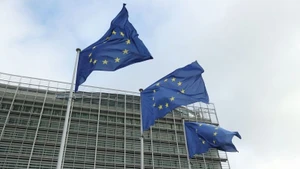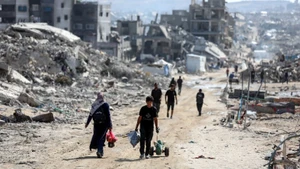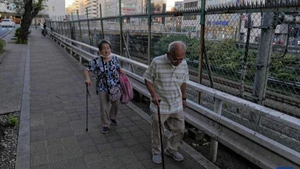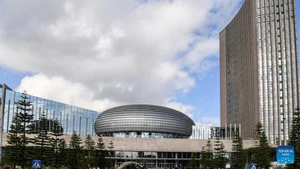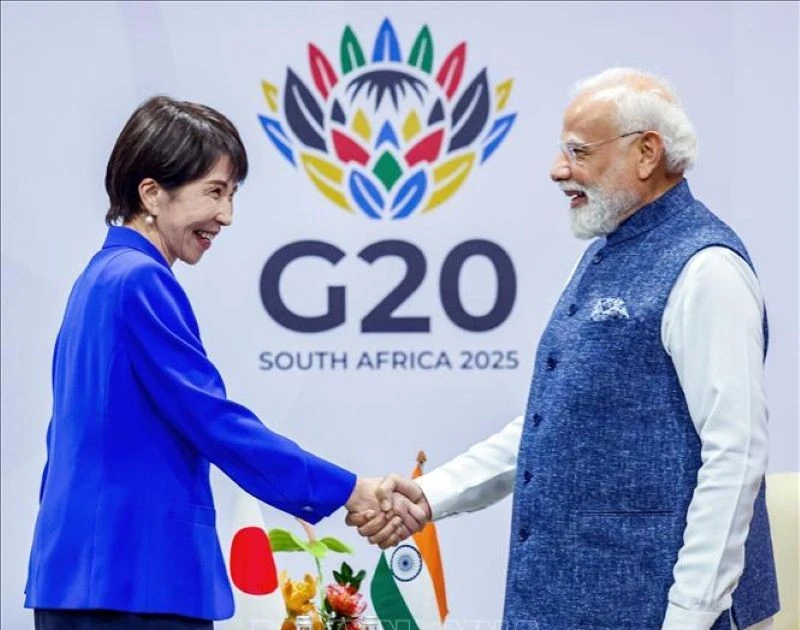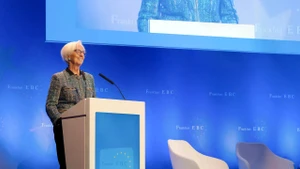The Vaccine Alliance Gavi, which works together with the World Health Organisation to run COVAX, has been pleased to announce that COVAX had 436 million doses of COVID-19 vaccines, to allocate to the countries in January.
However, low-income countries only proposed to distribute 100 million doses by the end of May, so the COVAX mechanism has more than 300 million doses left over.
This is the first time among COVAX’s 14 allocations, that the supply of vaccines is higher than the needs of the countries. According to Gavi, COVAX has enough supply to meet the current demand; however, vaccine distribution still faces many difficulties, especially in some poorer countries. Many countries are in a state of "reluctance" to receive more vaccines, due to weak health systems and the inability to launch rapid and widespread vaccination campaigns.
In 2021, developed countries had ordered most of the produced vaccines. According to statistics, only about 30% of the population in poorer countries had been vaccinated, much lower than in rich countries. However, when the supply and donations increase, the low-income countries had to find answers to many difficult problems, such as the insufficiency of specialised cold storage equipment, the lack of money for distribution networks, and the weak health system for vaccinations.
A survey conducted by the United Nations Children's Fund (UNICEF) in January, found that over the past two years since the outbreak of the pandemic, the "dark spot" in terms of health infrastructure in 44 out of 55 members of the African Union (AU), has been clearly shown.
In particular, 24 countries reported a shortage of refrigerators, 18 others needed specialised refrigerators and 16 nations lacked cold rooms, even though UNICEF delivered more than 800 super-refrigerators and 52,000 vaccine refrigerators, to nearly 70 countries.
The WHO once again warned, that although rich countries are recovering their economies under the motto of safe adaptation to COVID-19, the slow vaccination process in poor countries will create opportunities for the virus SARS-CoV-2, to mutate and create new dangerous variants.
Anyway, the abundant supply of vaccines also helps ease the world's worries about COVID-19, as many countries are pushing to reopen borders, recover their economies and tourism, and bring students back to school.
In particular, Cuba is a bright spot in terms of response to the pandemic and vaccine coverage. The ‘island of freedom’ is one of the few countries that is virtually immune to the Omicron variant, because all children are fully vaccinated. The Cuban state soon gave the “green light” for the use of vaccines Soberana 02 and Soberana Plus, that were made by the Caribbean Island nation, for children aged 2-18, from September 2021.
A little later than Cuba, Australian children aged 6-11 have received the Pikevax vaccine, from Moderna (the US), since February 24. This is the second vaccine licensed for use in children under 12 in Australia, following Pfizer. Thanks to a high rate of vaccine coverage, the New South Wales state decided to abolish its requirement to wear face masks for teachers and students at high schools, and educational facilities will return to the new normal in the next week, because infections in schools are deemed "extremely low".
According to the WHO, clinical researches in many countries noted that the Omicron subvariant BA.2, which is called "Stealth Omicron," is not stronger than the original BA.1 version. Based on samples taken from many different countries, WHO experts found that there was no difference in pathogenicity between the BA.1 and BA.2 variants. This assessment was very important because the number of infections with BA.1 and BA.2 variants, has significantly increased in many countries.
Although the COVID-19 pandemic still looms over the world, with abundant supply and high coverage of vaccines, as well as the perception equating SARS-CoV-2 virus with a common flu, many countries in the world have stopped the blockade of borders, reopened schools and recovered tourism and socio-economic sectors.
